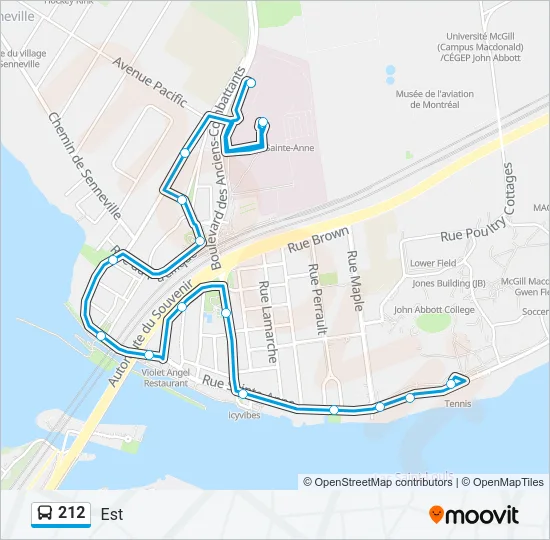
Introduction
Metro Montreal, the backbone of the public transit system in Montreal, Quebec, plays a crucial role in the daily lives of its residents. Designed to relieve traffic congestion and provide an efficient means of moving through the city, the Metro not only enhances urban mobility but also contributes to the city’s economic growth and environmental sustainability. Given the growth in population and urban development, understanding the significance and future of the Metro Montreal system is more important than ever.
Current Operations and Recent Updates
As of 2023, the Metro Montreal network boasts four lines—Green, Orange, Yellow, and Blue—covering approximately 71 kilometers and serving 68 stations across the city. With 1.5 million daily riders before the COVID-19 pandemic, the importance of this transit system is evident. Recent investments have been directed toward expanding the Metro system, including advancements in accessibility for passengers with reduced mobility, increasing safety measures, and modernizing the infrastructure.
In recent months, the Société de transport de Montréal (STM) announced the upcoming extension of the blue line, which aims to add three new stations by 2026. This extension will significantly enhance access to underserved neighborhoods in the east of the city, connecting more residents to essential services and employment opportunities.
Challenges Faced
Despite its successes, Metro Montreal faces several challenges. Aging infrastructure requires ongoing maintenance, with the STM indicating that a significant portion of its budget is allocated to repair and upgrades. Additionally, there is increasing pressure to enhance the environmentally friendly aspect of the system, as public transit systems worldwide adapt to climate change challenges. Implementing strategies to reduce energy consumption and promote greener transit options are becoming paramount.
Conclusion
In conclusion, Metro Montreal is not just a transportation system; it is a critical element in shaping the urban landscape of Montreal. As the city aims for sustainable development and improved urban mobility, continued investments into the Metro are essential. Future expansions, upgrades, and modernizations will enhance its service capabilities, ensuring that Metro Montreal remains a key component for the city’s commuters. As residents and potential visitors watch these developments unfold, the hope is for a more connected, efficient, and eco-friendly transit experience that meets the needs of a growing population. The future of Metro Montreal looks promising, but its challenges must be addressed to maintain its significance in the heart of the city.

